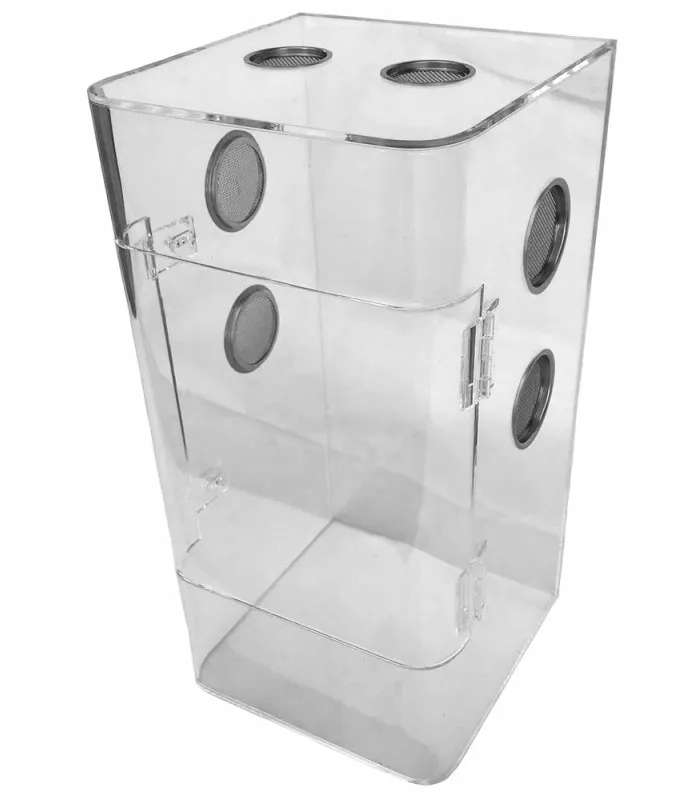Understanding Tarantula Habitat Needs
Creating the perfect habitat is crucial for the health and well-being of your tarantula. Their natural environment is mimicked, providing the necessary conditions for them to thrive. Factors such as temperature, humidity, substrate, and overall enclosure design significantly impact your tarantula’s health, molting cycle, and behavior. A poorly designed habitat can lead to stress, illness, and even premature death. Understanding these needs is the first step toward providing your pet tarantula with a long, happy, and healthy life. This guide will walk you through the essential components of a perfect tarantula enclosure, ensuring your eight-legged friend has a comfortable and enriching home.
Temperature and Humidity
Tarantulas are ectothermic, meaning they rely on external sources to regulate their body temperature. Maintaining the correct temperature and humidity levels is, therefore, vital for their survival. These factors directly influence their metabolism, digestion, and molting process. Fluctuations outside the ideal range can cause stress and health problems. Monitoring these parameters with a reliable thermometer and hygrometer is an essential part of responsible tarantula ownership. The ideal temperature and humidity levels vary slightly depending on the tarantula species, so research the specific requirements of your pet.
Ideal Temperature Range
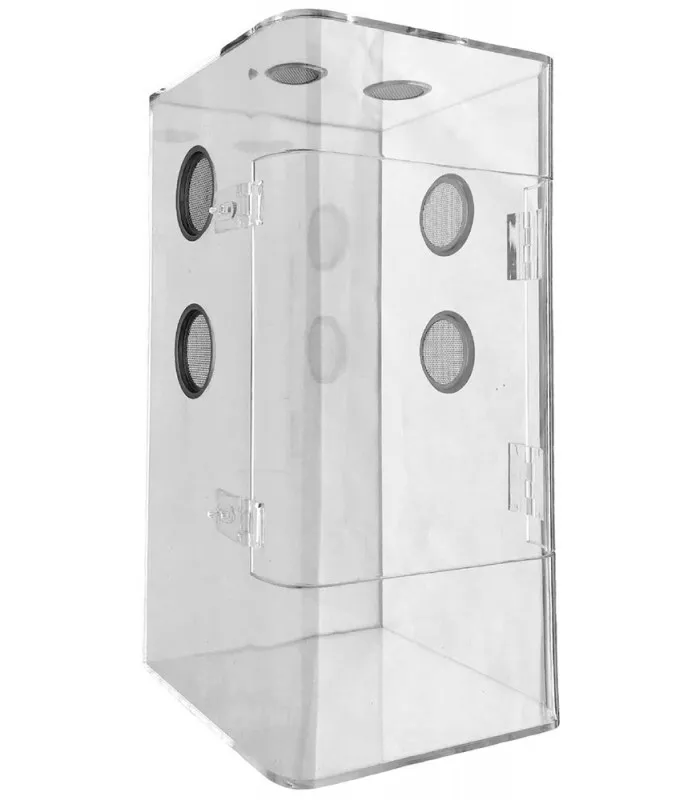
Most tarantula species thrive in temperatures between 75°F and 85°F (24°C and 29°C). A temperature gradient within the enclosure is beneficial, allowing your tarantula to choose its preferred spot. This can be achieved by positioning a heat source, such as a heat mat or ceramic heat emitter, on one side of the enclosure. Ensure the heat source does not directly contact the substrate, as this can cause it to dry out too quickly or even pose a burn risk to your tarantula. Monitor the temperature regularly using a thermometer placed at both the warm and cool ends of the enclosure to maintain the desired range. It is always better to err on the cooler side than to overheat the enclosure.
Maintaining Humidity Levels
Humidity is equally important, as it affects the tarantula’s ability to molt successfully. Humidity levels should generally be between 60% and 80%, depending on the species. Arboreal tarantulas typically require higher humidity than terrestrial species. You can maintain humidity by misting the enclosure with dechlorinated water, providing a water dish, and ensuring proper ventilation. The frequency of misting depends on the species and the enclosure’s ventilation. Monitor the humidity levels using a hygrometer, and adjust the misting schedule accordingly. Overly humid environments can lead to mold growth, while insufficient humidity can cause molting problems, so finding the right balance is key.
Choosing the Right Enclosure
The enclosure serves as your tarantula’s home, and the choice of enclosure material and size is crucial for its comfort and well-being. The enclosure needs to provide a secure environment, sufficient space for movement, and proper ventilation. Consider the adult size of your tarantula species and choose an enclosure that provides ample room for growth. The enclosure should also be easy to clean and maintain to prevent the buildup of waste and mold. There are various enclosure types available, each with advantages and disadvantages; the most common are glass and acrylic.
Glass vs. Acrylic Enclosures
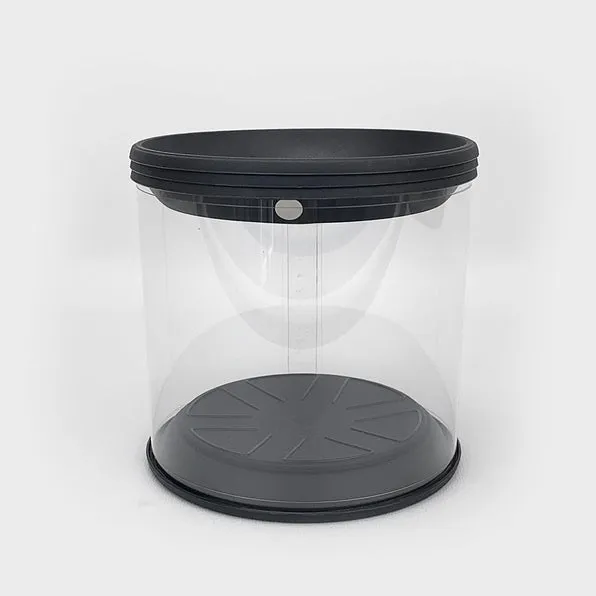
Glass enclosures are a popular choice due to their durability and resistance to scratching. They offer excellent visibility, allowing you to observe your tarantula without distortion. However, glass enclosures can be heavier and may not insulate as well as acrylic. Acrylic enclosures are lightweight, offer superior insulation, and provide excellent clarity. They are also less likely to shatter than glass, making them safer. Acrylic is, however, more prone to scratching. Both materials are suitable for tarantula housing; the choice often comes down to personal preference, considering factors such as budget, size, and aesthetics. Always ensure that the enclosure has secure ventilation and a tight-fitting lid to prevent escapes.
Enclosure Size Based on Tarantula Size
The enclosure size should correspond to the size of your tarantula. A good rule of thumb is to provide an enclosure that is at least twice as wide as the tarantula’s leg span. This allows for ample space for movement, exploration, and burrowing. For smaller tarantulas, a smaller enclosure is often preferred, as it can help them feel more secure. As your tarantula grows, you’ll need to upgrade the enclosure size accordingly. Avoid housing multiple tarantulas in the same enclosure unless you are experienced and have a species known for communal behavior. Always research the specific needs of your tarantula species, as some species may have specific requirements for enclosure size and design. Consider the depth of the enclosure, as some species, particularly burrowing tarantulas, require deeper substrates.
Substrate Selection
The substrate is the foundation of your tarantula’s habitat, providing a place to burrow, retain moisture, and create a comfortable environment. Choosing the appropriate substrate is essential for your tarantula’s health and well-being. The ideal substrate should have good moisture-retention properties, be non-toxic, and provide an appropriate texture for burrowing or climbing, depending on your tarantula species. Avoid substrates that are too dusty or that can harbor mites. Regularly inspect the substrate for signs of mold, excess moisture, or waste, and replace it as needed to maintain a healthy environment. The depth of the substrate is also important, especially for burrowing species, who need ample space to create their underground homes.
Types of Substrate
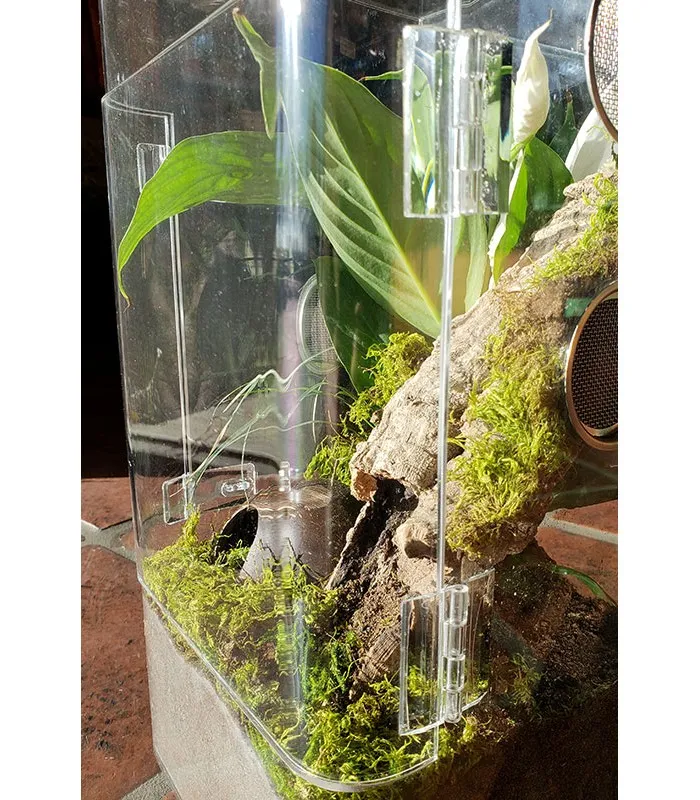
Several substrate options are suitable for tarantula enclosures. These include coconut fiber (coir), peat moss, vermiculite, and a combination of these materials. Coconut fiber is a popular choice due to its excellent moisture-retention capabilities, natural appearance, and resistance to mold. Peat moss is another excellent option, providing good moisture retention and a slightly acidic environment. Vermiculite can be added to the substrate to enhance moisture retention and aeration. Avoid using substrates like sand or gravel, as they do not retain moisture well and can be difficult for tarantulas to burrow in. The best substrate choice often depends on the specific requirements of your tarantula species. Consider the species’ natural habitat when making your decision.
Depth of Substrate
The depth of the substrate should vary depending on the tarantula species. For burrowing species, provide a substrate depth that is at least as deep as the tarantula’s leg span, or even deeper. This allows them to create secure burrows. For terrestrial species that may not burrow, a substrate depth of 2-4 inches is usually sufficient. Arboreal tarantulas generally do not require a deep substrate; 1-2 inches is often adequate. Ensure the substrate is packed down slightly to provide stability, particularly in enclosures for arboreal species. Regularly check the substrate’s moisture level to prevent it from drying out or becoming overly saturated. The depth of the substrate also influences the humidity levels within the enclosure.
Decorating the Enclosure
Decorating the enclosure with appropriate items provides enrichment for your tarantula and mimics its natural habitat. This can help to reduce stress and encourage natural behaviors such as burrowing, web-spinning, and climbing. When selecting decorations, prioritize safety, functionality, and aesthetics. Avoid any items that could be toxic, sharp, or easily tipped over. Offer a variety of hiding places, climbing structures, and other elements to create an engaging environment. The specific decorations you choose will depend on your tarantula species and its natural habitat, tailoring the enclosure to meet its needs. The decorations also serve as visual interest.
Hiding Places and Climbing Structures
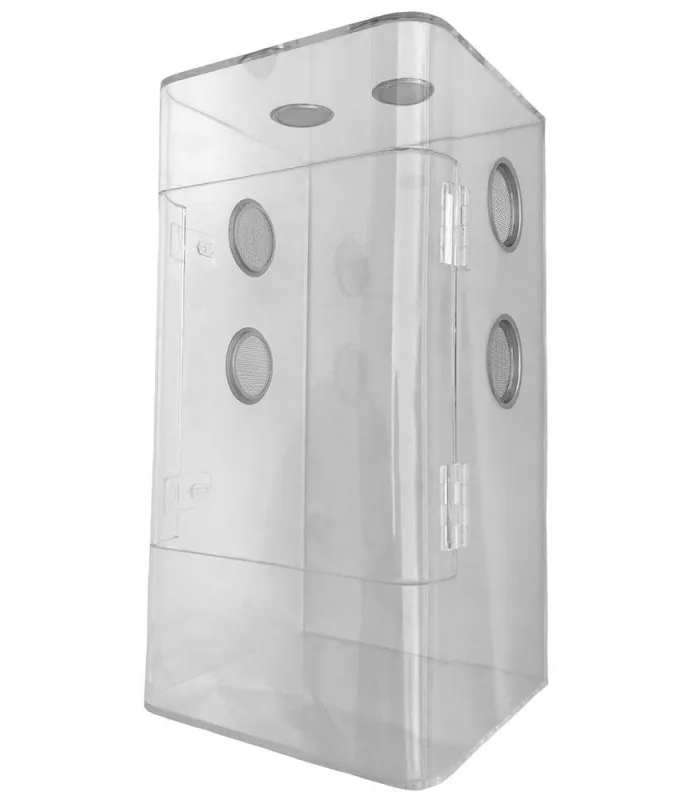
Providing hiding places is essential for tarantulas, as they are naturally secretive creatures. Hiding places offer security and a retreat from stress. Suitable options include cork bark, artificial plants, hollow logs, and commercially available tarantula hides. Choose hides that are appropriately sized for your tarantula, allowing it to fully fit inside. For arboreal species, consider providing climbing structures, such as branches or cork bark pieces that extend upwards. These features allow them to climb and explore their environment. Ensure climbing structures are securely placed and do not pose a risk of falling or trapping your tarantula. The ideal hide provides the tarantula security in its enclosure, helping it thrive in its new home.
Water Dish Placement and Size
A water dish is an essential component of a tarantula enclosure, providing a constant source of fresh water. Choose a water dish that is shallow enough for your tarantula to easily access, but deep enough to hold a sufficient amount of water. The size of the water dish should be proportionate to the size of your tarantula. Place the water dish on the substrate and ensure it is stable and unlikely to tip over. Regularly refill the water dish with fresh, dechlorinated water. Clean the water dish frequently to prevent the buildup of bacteria and algae. Consider using a small, shallow dish for spiderlings to prevent the risk of drowning. The water dish also helps to maintain humidity levels within the enclosure.
Lighting Considerations
While tarantulas do not require specific lighting for their health, proper lighting can help you observe them and create a more natural-looking habitat. However, it’s important to use lighting appropriately, as excessive light can stress your tarantula. The type of lighting you choose should prioritize the well-being of your pet and mimic its natural environment. Avoid using bright lights or lights that produce excessive heat, as these can be detrimental. Instead, focus on providing a balanced environment that supports your tarantula’s natural behaviors.
Natural vs Artificial Lighting

Natural lighting from a nearby window can be beneficial, but avoid placing the enclosure in direct sunlight. Direct sunlight can overheat the enclosure and cause stress. Artificial lighting, such as low-wattage LED bulbs, can be used to illuminate the enclosure. However, avoid using UVB or heat lamps unless specifically recommended for your tarantula species, as these can cause harm. A simple LED light can provide enough illumination for observation without causing stress. If you use artificial lighting, provide a day-night cycle by turning the light on for approximately 12 hours per day. A timed lighting system can automate this process.
Avoiding Excessive Light
Tarantulas are primarily nocturnal creatures, and they are adapted to avoid bright light. Excessive light can stress them, causing them to hide more frequently and exhibit other undesirable behaviors. When using lighting, make sure to provide plenty of hiding places and shaded areas within the enclosure. Avoid using bright, direct lights. Instead, opt for a low-wattage light source that provides adequate illumination for observation without being intrusive. Observe your tarantula’s behavior to assess its response to lighting. If it consistently hides, it might be a sign that the lighting is too bright or intense. Consider adjusting the light source or providing more shaded areas.
Ventilation and Airflow
Adequate ventilation is essential for maintaining a healthy tarantula enclosure. Proper airflow prevents the buildup of stale air, excess humidity, and the growth of mold and mildew. Poor ventilation can lead to respiratory problems and other health issues. The design of the enclosure must incorporate sufficient ventilation, and the substrate and decor should not obstruct airflow. Regularly inspect the enclosure to ensure proper ventilation and make adjustments as needed. The correct amount of airflow will help keep the enclosure fresh and clean for your pet.
Importance of Ventilation
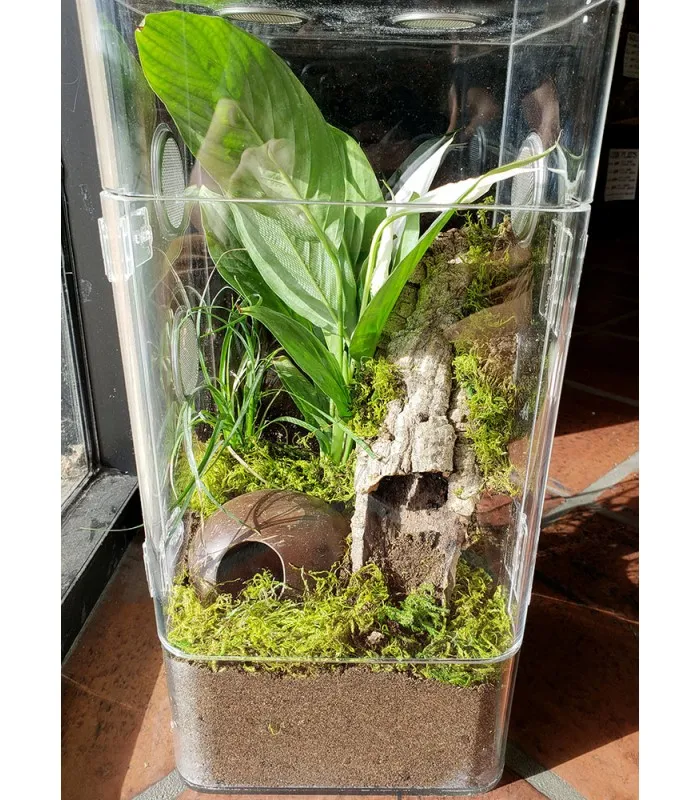
Ventilation removes stale air and excess humidity, preventing the growth of harmful bacteria and fungi. Stale air can lead to respiratory problems for your tarantula, while excessive humidity can create an ideal environment for mold and mildew to flourish. A well-ventilated enclosure promotes air circulation, helping to maintain the proper temperature and humidity levels. The enclosure should have ventilation holes or mesh in the appropriate places, such as the top and sides, to allow for adequate airflow. The ventilation system should be designed to prevent the tarantula from escaping while providing sufficient airflow. Avoid completely sealing the enclosure. Inspect the ventilation system regularly to ensure it is not blocked.
Preventing Mold and Mildew
Mold and mildew thrive in humid environments with poor ventilation. To prevent their growth, ensure proper airflow and avoid over-misting the enclosure. Replace the substrate regularly, as it can harbor mold spores. Clean the enclosure thoroughly during full cleanings, removing any visible mold or mildew. Use a substrate that resists mold growth. The type of substrate and the humidity levels must be in balance. Consider using a small fan to improve air circulation, particularly in enclosures with limited ventilation. If mold or mildew appears, identify the cause (usually excessive humidity or lack of ventilation) and correct the issue promptly. Mold and mildew can be detrimental to your tarantula’s health, so prevention is key.
Feeding and Watering
Feeding and watering are essential aspects of tarantula care, directly affecting their health and growth. A balanced diet and adequate hydration are crucial for their survival. The specific feeding and watering requirements will depend on your tarantula species and its life stage. Always research the nutritional needs of your tarantula species, and adjust your feeding and watering schedule accordingly. Providing proper nutrition and hydration is essential for supporting your tarantula’s growth, molting, and overall well-being. Following the proper feeding and watering practices ensures a healthy tarantula.
Feeding Frequency
The feeding frequency of a tarantula varies depending on its age, species, and metabolism. Spiderlings generally require more frequent feeding than adult tarantulas. Younger tarantulas may need to be fed every few days, while adults can be fed once or twice a week. The best way to determine the appropriate feeding frequency is to observe your tarantula’s behavior. If it readily accepts food and appears active, the feeding schedule is probably adequate. Overfeeding can lead to obesity, while underfeeding can stunt growth. The appropriate size of the meal is also important; the prey item should generally be no larger than the tarantula’s abdomen. The type of food offered can include crickets, mealworms, roaches, and other insects.
Watering Schedule
Provide a clean water source at all times, typically in a shallow water dish. Ensure the water dish is always filled with fresh, dechlorinated water. The frequency of watering will vary depending on the species and humidity levels of the enclosure. Mist the enclosure regularly to maintain humidity, particularly for species that require high humidity. Regularly check the water dish and misting schedule to ensure that the enclosure maintains proper moisture levels. Some tarantulas get their water by drinking the moisture on the enclosure walls. Ensure that there’s a shallow dish with clean water.
Maintenance and Cleaning
Regular maintenance and cleaning are essential for maintaining a healthy and hygienic environment for your tarantula. Regular cleaning prevents the buildup of waste, mold, and bacteria, which can harm your pet. Maintenance includes spot cleaning and full enclosure cleaning. The frequency of maintenance depends on the species and size of the enclosure. Developing a consistent cleaning routine will support your tarantula’s health and well-being, and it will also make the enclosure more visually appealing.
Spot Cleaning
Spot cleaning involves removing visible waste, such as uneaten food and fecal matter, from the enclosure. This should be done as often as needed, typically every few days. Use a pair of long tongs or tweezers to remove any uneaten prey items to prevent the growth of mold and mites. Remove any fecal matter as soon as you see it to prevent bacterial buildup. Spot cleaning is a quick and easy way to maintain the cleanliness of the enclosure. Regularly inspect the enclosure and remove any debris as soon as you see it. Frequent spot cleaning will help keep the enclosure fresh and clean.
Full Enclosure Cleaning
A full enclosure cleaning involves removing the tarantula (carefully), removing the substrate, cleaning the enclosure and decorations, and replacing the substrate. The frequency of full cleaning depends on the size of the enclosure, the tarantula species, and the amount of waste produced. A general guideline is to perform a full cleaning every 6 to 12 months, or more frequently if needed. Before starting a full cleaning, remove the tarantula from the enclosure, placing it in a temporary holding container, which has a secure lid. Remove the substrate, thoroughly clean the enclosure, decorations, and water dish with warm water and a mild, pet-safe disinfectant. Replace the substrate with fresh, clean material and reassemble the enclosure. Allow the enclosure to dry completely before returning your tarantula.
